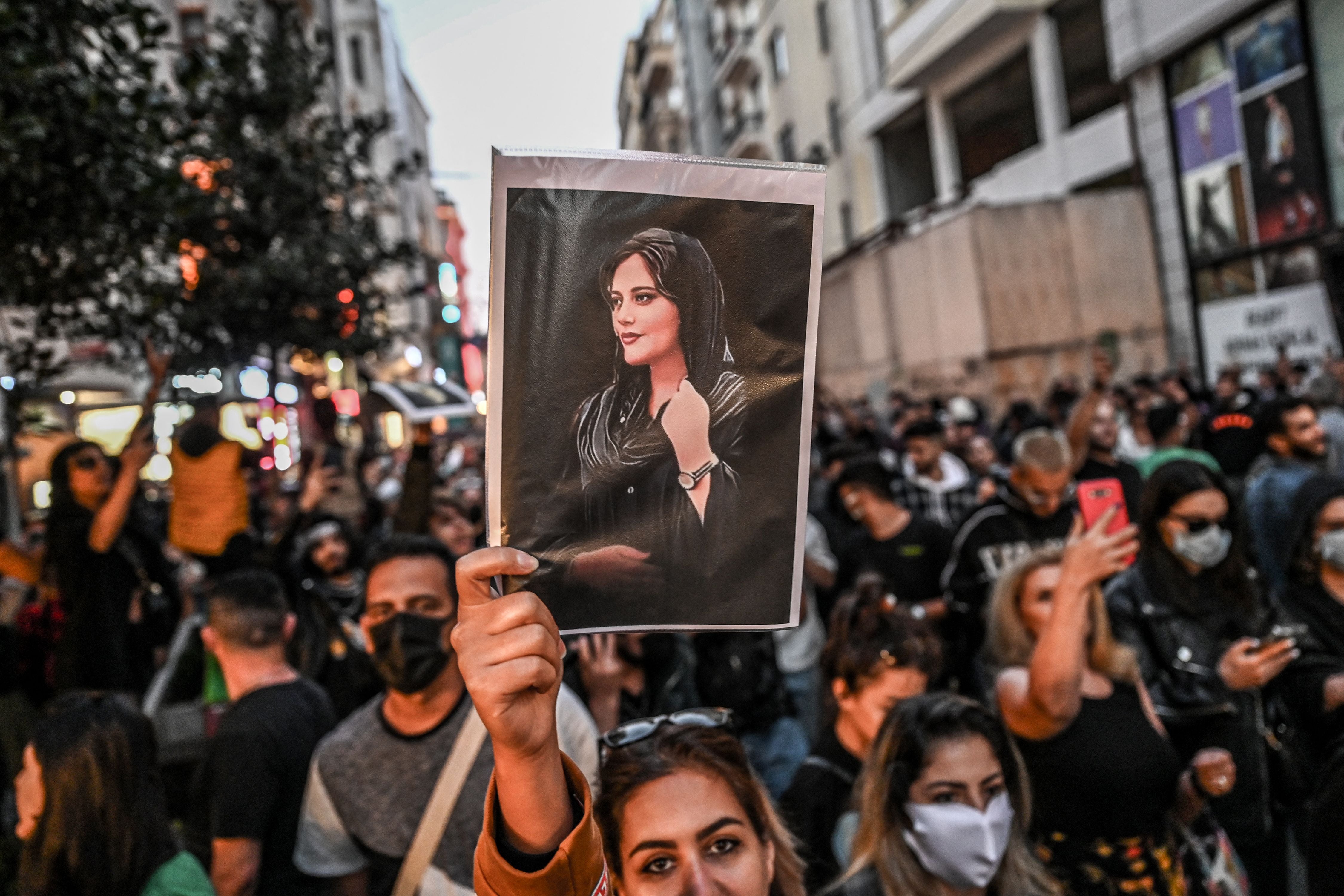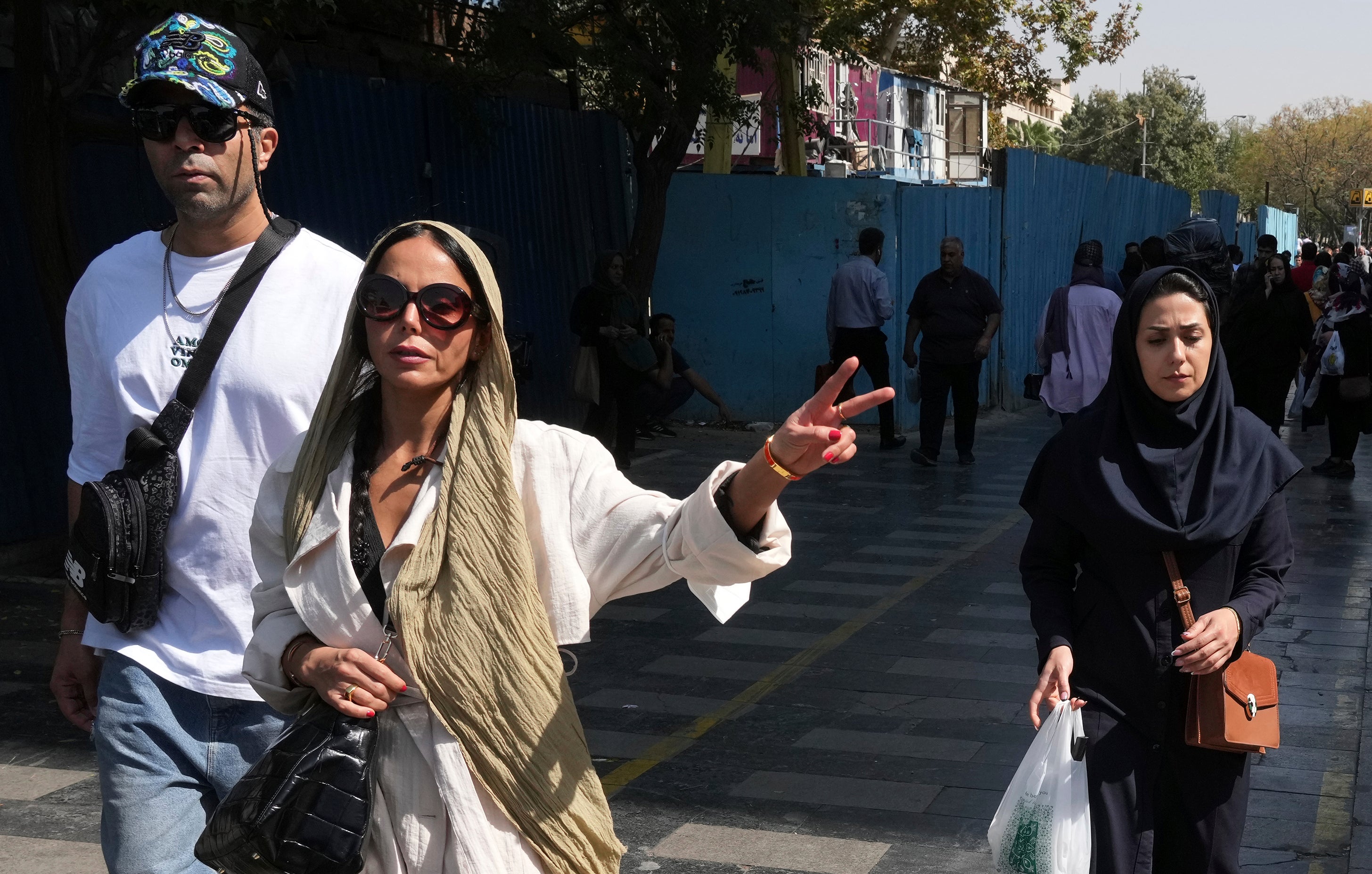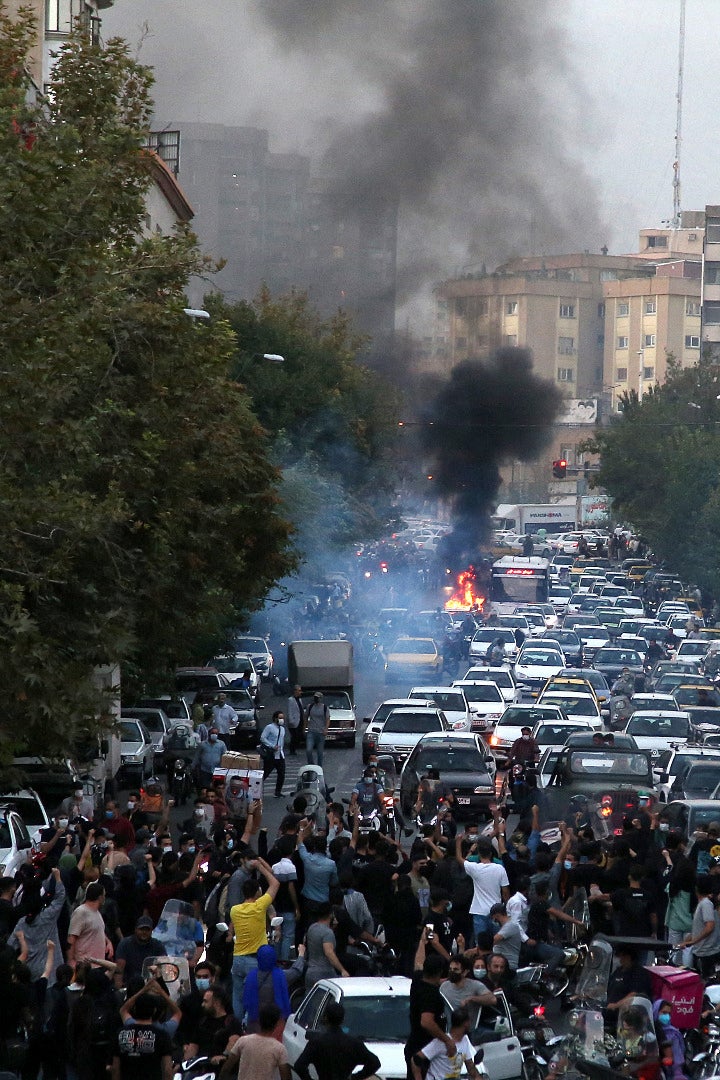Iran protests: Mahsa Amini ‘did not die by blows to head and limbs’, claims coroner
Report claims 22-year-old ‘suffered severe hypoxia and brain damage’

Your support helps us to tell the story
From reproductive rights to climate change to Big Tech, The Independent is on the ground when the story is developing. Whether it's investigating the financials of Elon Musk's pro-Trump PAC or producing our latest documentary, 'The A Word', which shines a light on the American women fighting for reproductive rights, we know how important it is to parse out the facts from the messaging.
At such a critical moment in US history, we need reporters on the ground. Your donation allows us to keep sending journalists to speak to both sides of the story.
The Independent is trusted by Americans across the entire political spectrum. And unlike many other quality news outlets, we choose not to lock Americans out of our reporting and analysis with paywalls. We believe quality journalism should be available to everyone, paid for by those who can afford it.
Your support makes all the difference.Mahsa Amini, whose death in the custody of Tehran’s morality police has sparked some of the worst unrest seen in years in Iran, did not die as a result of blows to the head and limbs, a coroner has claimed.
Instead, the coroner says the 22-year-old died from multiple organ failure caused by cerebral hypoxia, the official news agency IRNA reported.
The announcement is likely to provoke even more fury across the country where protests following her death have become commonplace and led to the greatest challenge to Iran’s clerical leaders in years.
Amini was detained in Iran’s capital on 13 September for “inappropriate attire” the regime has said, after reportedly being caught wearing her hijab too loosely. She died three days later in hospital after falling into a coma.
Authorities claim Amini suffered a heart attack after being taken to a station to be “educated”, but her family deny that she had any heart problems and say police should be held responsible for her death.
Outrage over her death has lit the fuse for furious protests across Iran, in which more than 150 are feared to have been killed and thousands arrested, as demonstrators seized city centres and some women cut their hair in public in a direct challenge to the regime’s authority.
Iran’s president, Ebrahim Raisi, insisted last month that Amini’s death would be “steadfastly” investigated and claimed to have “contacted her family at the very first opportunity”.

The coroner’s report argued that Amini “suddenly lost consciousness and subsequently fell” while in custody owing to “underlying diseases”, claiming that she had taken medication for a disorder in her thyroid and adrenal glands following surgery for a benign brain tumour at the age of eight.
“Due to the ineffective cardio-respiratory resuscitation in the first critical minutes, she suffered severe hypoxia and as a result brain damage,” it added.
Speaking to reporters at the UN general assembly last month, Mr Raisi said: “If her death was due to negligence, it will definitely be investigated, and I promise to follow up on the issue regardless of whether the international forums take a stand or not.”
The coroner’s report into her death came as Iranian authorities denied claims that 16-year-old Sarina Esmaeilzadeh died after being beaten with batons by security forces during the protests in recent weeks, insisting instead that she threw herself from the roof of a five-storey building.

Earlier this week, the regime gave a similar cause of death – falling from a roof – for 17-year-old Nika Shakarami, who activists say was killed in Tehran while demonstrating over Amini’s death.
In a report last week, Amnesty International said Esmaeilzadeh was one of at least 52 people killed by security forces between 19 and 25 September alone.
Security personnel are also accused of gunning down 40 people in just one evening in Zahedan, according to the Oslo-based group Iran Human Rights.
Despite the regime’s brutal crackdown, the demonstrations have spread to schools and universities across the country in recent days, many led by female students, some of whom are reported to have torn off their hijabs and destroyed images of Iran’s supreme leader Ayatollah Khamenei.
Additional reporting by Reuters





Join our commenting forum
Join thought-provoking conversations, follow other Independent readers and see their replies
Comments